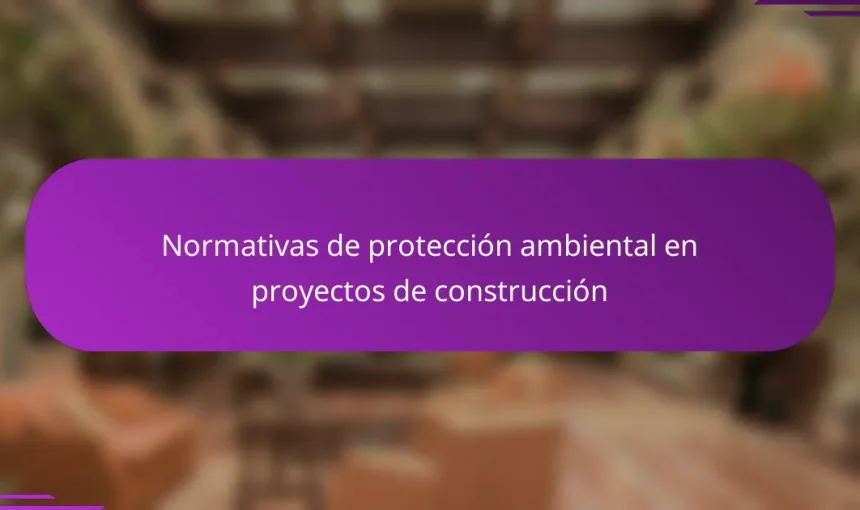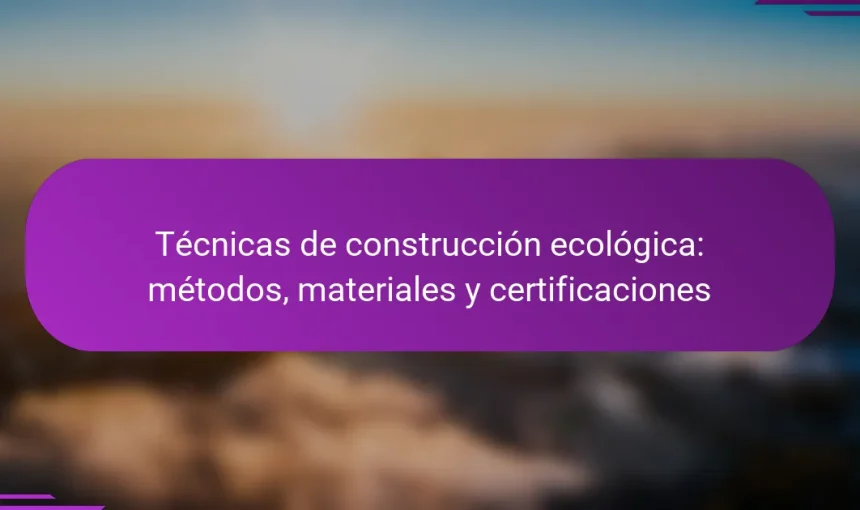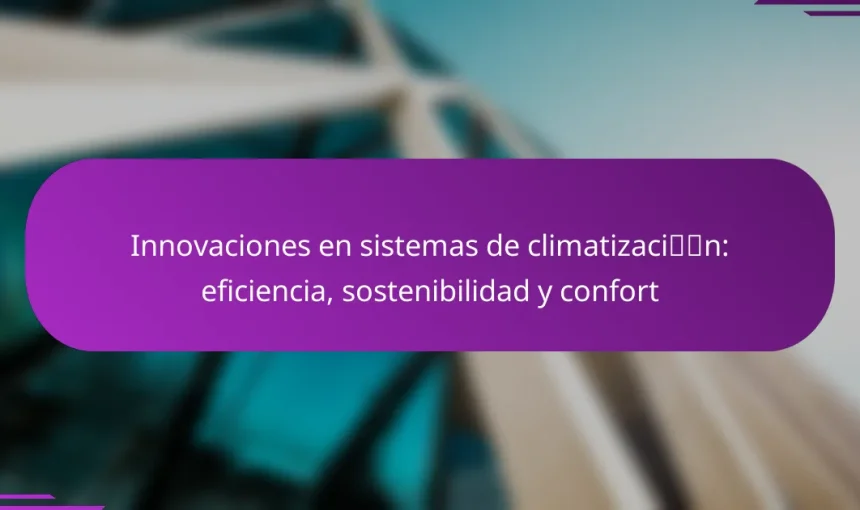¿Qué son las normativas de protección ambiental en proyectos de construcción? Las normativas de protección ambiental en proyectos de construcción son regulaciones diseñadas para minimizar el impacto ambiental de estas actividades. Estas normativas establecen requisitos específicos que deben seguir los proyectos para preservar los recursos naturales. Incluyen aspectos como la gestión de residuos, la conservación […]
¿Qué es la planificación urbana y por qué es importante? La planificación urbana es el proceso de diseñar y organizar el uso del suelo en áreas urbanas. Este proceso es crucial para garantizar un desarrollo sostenible y ordenado de las ciudades. Facilita la distribución eficiente de servicios como agua, electricidad y transporte. Además, promueve la […]
¿Qué es la construcción modular? La construcción modular es un método de edificación que utiliza módulos prefabricados. Estos módulos se fabrican en una fábrica y se transportan al sitio de construcción. Una vez allí, se ensamblan para formar una estructura completa. Este enfoque permite un ahorro significativo en tiempo y costos. Además, la construcción modular […]
Architectural design technologies are tools and methods that enhance the creation and planning of buildings. This article explores various technologies, including 3D modeling software, augmented reality, and construction simulations, which enable architects to visualize projects prior to construction. The discussion highlights specific tools that improve design efficiency, such as software like AutoCAD and Revit, collaborative […]
¿Qué es la eficiencia energética en edificios? La eficiencia energética en edificios se refiere al uso óptimo de la energía para reducir el consumo sin comprometer el confort y la funcionalidad. Este concepto implica la implementación de tecnologías y prácticas que minimizan el desperdicio energético. Por ejemplo, el uso de aislamiento adecuado, sistemas de calefacción […]
Bioclimatic architecture is a design approach that optimizes the use of natural resources while considering climatic factors to reduce energy consumption. This method incorporates strategies such as passive design, proper building orientation, and the use of sustainable materials to enhance comfort and efficiency. Notable examples include Casa de la Luz in Mexico, which utilizes local […]
Técnicas de construcción ecológica are methods aimed at reducing environmental impact during the building process. These techniques utilize sustainable materials such as certified wood, bamboo, and recycled resources while promoting energy efficiency and water management. Key practices include passive design for natural light and ventilation, as well as rainwater harvesting systems. Recognized certifications like LEED, […]
Public spaces, including parks, plazas, and streets, are accessible areas that play a crucial role in fostering social interaction and community well-being. These spaces provide opportunities for recreational and cultural activities, contributing to social cohesion and inclusion. Well-designed public spaces have been shown to enhance quality of life, with research from the World Health Organization […]
¿Qué son las técnicas de construcción ecológica? Las técnicas de construcción ecológica son métodos que buscan minimizar el impacto ambiental en el proceso de edificación. Estas técnicas emplean materiales sostenibles y prácticas eficientes en el uso de recursos. Se enfocan en la reducción de residuos y en la eficiencia energética. Algunos ejemplos incluyen el uso […]
Innovations in air conditioning systems represent technological advancements aimed at improving efficiency and sustainability. Key features include the integration of artificial intelligence, smart sensors, and enhanced heating and cooling systems, alongside the use of renewable energy sources such as solar power. These developments facilitate better temperature control and air quality, leading to reduced environmental impact […]








